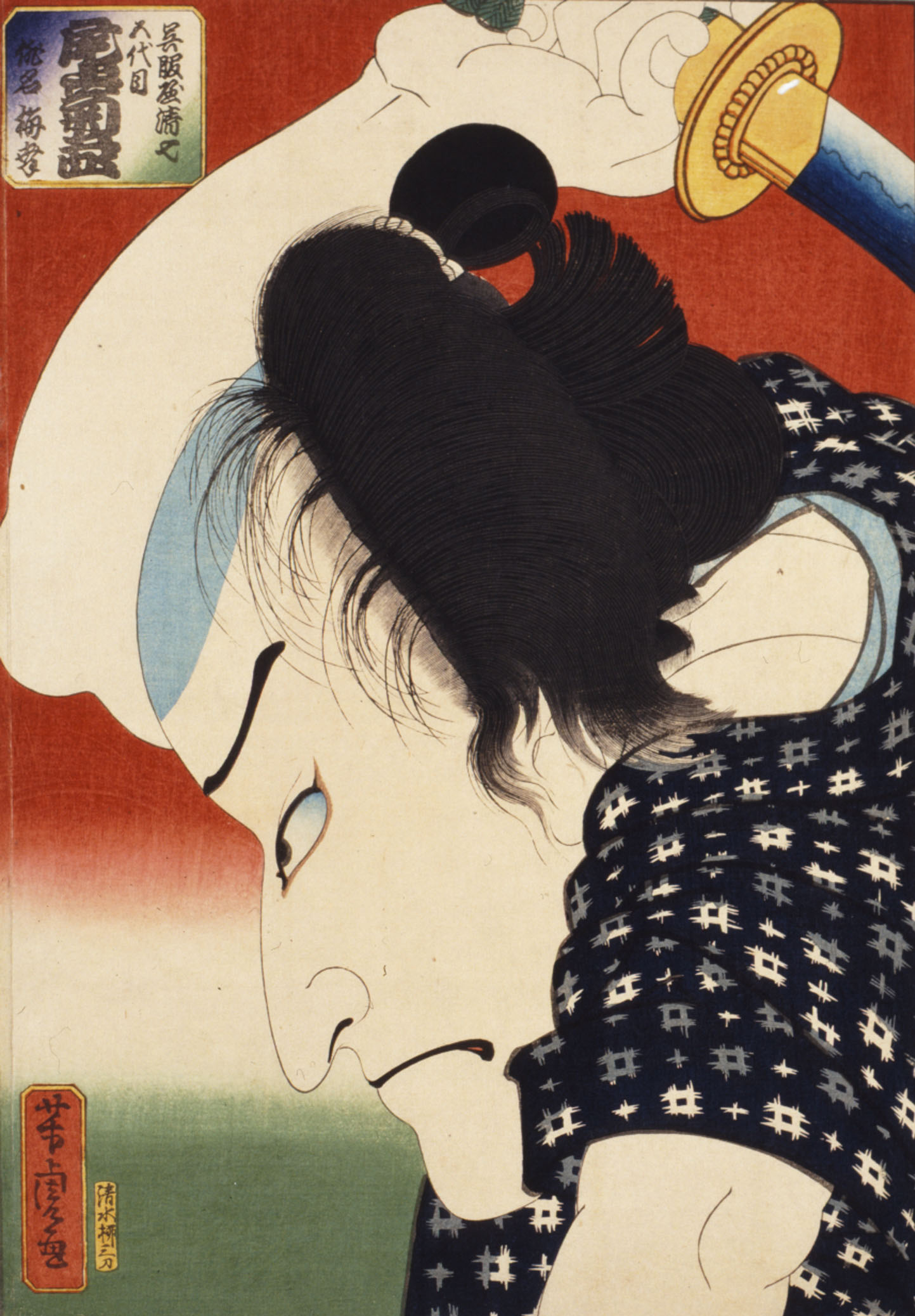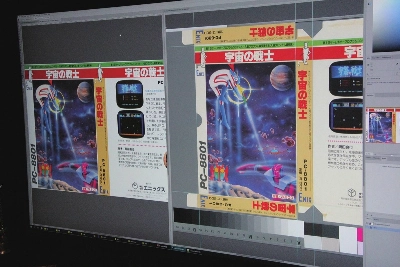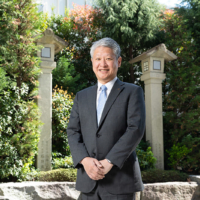Utagawa Kuniyoshi (1798-1861) belongs to a category of ukiyo-e print artists that have long polarized art historians and connoisseurs for their jarring colors and compositions, cynical depictions of sex and violence, and use of Western pictorial techniques. These so-called "Decadents" were seen to represent the deterioration of Edo Period (1603-1867) bourgeois society as well as of an art form that celebrated elegance and subtle eroticism.
Decadence, however, can also be seen as the creative response of ukiyo-e artists to their rapidly changing world. The exhibition "The Spirit of Kuniyoshi: from Ukiyo-e to Japanese Modern Paintings" argues persuasively that rather than being a medium in decline, 19th-century ukiyo-e laid the foundations for modern Japanese art. Less clear is the degree to which Kuniyoshi's legacy, particularly his emphasis on realism, extended into Japanese-style painting, Western-style painting and the revived tradition of woodblock prints in the early 20th century.
Comprising 250 prints, books, and paintings from Japanese museums and private collections, the exhibition proceeds in four sections. The first introduces Kuniyoshi and about 20 of his immediate disciples. Kuniyoshi was the leading designer of warrior prints, battle scenes and humorous subjects, which often display a fidelity to life derived from his practice of sketching from nature. He was an avid collector of imported paintings and printed material, and his designs frequently deploy Western pictorial techniques such as perspective and chiaroscuro. He also had a taste for supernatural themes and gruesome endings. One of the most impressive items is an enormous votive plaque from Sensoji temple, in which the knife-wielding hag from the play "Lonely House on Adachi Moor" is poised to slay her daughter.

















With your current subscription plan you can comment on stories. However, before writing your first comment, please create a display name in the Profile section of your subscriber account page.